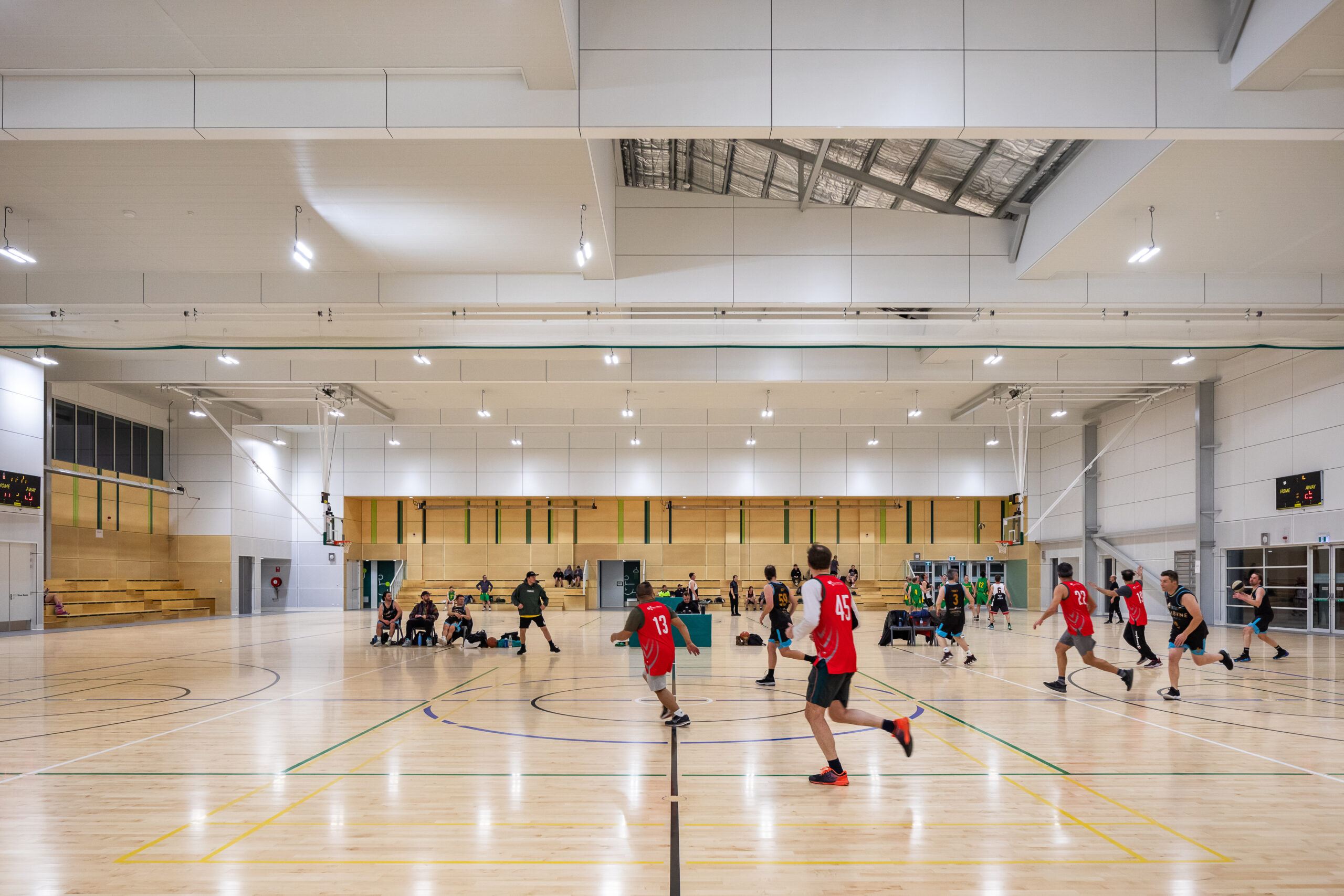Enhanced Fan Experience and Comfort
The fan experience will remain a top priority. Current and future sports facilities will focus on creating environments that are not only entertaining but also comfortable and convenient (we all remember cold and uncomfortable plastic seating!). However, the fan experience goes much further than just seating and excellent sightlines. It’s also impacted by crowd movement, wayfinding, climate and temperature control, ease of access to food and beverage options, ease of access to restrooms, and general atmosphere. These elements are becoming the standard, minimum requirements for creating a successful sporting facility. VIP and premium experiences are redefined with exclusive lounges, private suites, and luxury amenities that cater to high-end clientele, whilst the public amenity has increased its circulation, access, and overall experience.
